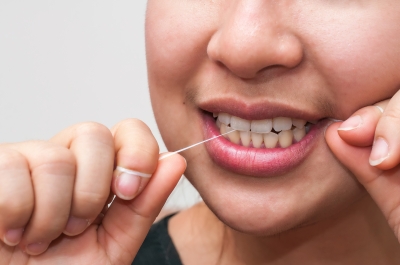We know regular brushing is a very important part of dental care and hygiene, but flossing is a crucial part as well. The American Dental Association has always emphasized the importance of cleaning in between the teeth, however, many parents overlook this oral practice to their kids and even themselves.
Flossing in between the teeth can remove trapped food particles that your toothbrush can’t reach. It also helps remove plaque buildup. There are two things commonly used today – the traditional dental floss and the floss pick. Both types have a thin filament of fiber that is coated in wax, so it could slide easier between the teeth.
But which one is more effective? Looking at the two floss types – is there really a difference?
Dental Floss vs. Floss Picks
Dental floss has been used for many decades than floss picks. It is effective at getting rid of food residues between the teeth that toothbrush bristles cannot penetrate. Bacteria inside the mouth produce lactic acid, which causes plaque buildup. Plaque is a biofilm containing different types of bacteria. The lactic acid from bacteria demineralizes the enamel, which leads to dental cavities. Regular flossing can prevent the buildup of plaque.
In addition, flossing helps prevent gum disease. Many flosses contain anti-coagulant for people who have mild gingivitis or gum disease to prevent any form of bleeding.
On the other hand, floss picks are disposable pieces of plastic with a tiny floss on the ends. Many people use them over traditional string floss. They are easy to use, particularly when reaching molars at the back of the mouth. Floss picks are also good in removing bacteria and food.
Numerous studies have been done to compare the effectiveness of dental floss and floss picks. Most of the results found that both are effective when used properly and regularly. In a study checking their effect on the gums, researchers have shown the both have equally reduced plaque scores, which means that there’s no significant difference between the two.
Which One Works Best For You
So far, nearly all the research done has concluded that there’s no huge difference in the effectiveness between a dental floss and floss picks. This means that what is more important is that you floss at all rather than skipping flossing. Some people prefer floss picks while other choose the old dental floss.
Flossing every day can make a great difference in your oral health and prevents plaque build-up that can damage your enamel.







